So you’re growing restless with your place in life, and thinking of becoming a professional family photographer? You know it’s what you want to do, but there seem to be a lot of obstacles holding you back. If only you could take a quick peek into the future and see if it will really work out for you.
Unfortunately, there’s no way to see the future. But would hearing from a photographer a few years ahead of you help?
I’ve been there myself and encouraged others along the way. And I hope I can inspire you too.

My first photography job had me working with dozens of kids every day. I didn’t know how to work the camera. Everything in the studio was preset. But what I did learn was how to work with people, especially kids. That is one of the most valuable parts of my family photography business.
Am I Good Enough?
Chances are many of your doubts relate to one question: ‘Am I good enough?’ But keep in mind that’s different from asking, ‘Are my photographs good enough?’
Are your photographs good enough? Do you know how to work your camera, and take the photo you envisage in your head? Do you get good responses from people when you put your photos out there? Do other photographers give you encouraging feedback?
If you can’t answer ‘Yes’ to these questions, then you probably need to improve your skills. But if you can, then you are good enough. And you’ll keep getting better through experience. Eventually, you’ll know you’re good enough because everyone who hires you will love their photos.
Begin with competence, and the confidence will come with time.
Along the way, you may be really hard on yourself. You might be a great photographer who pleases the families that hire you, and yet you still feel inferior. Learn to be honest with yourself, and start assessing your work from other people’s perspective.

At first, it may feel really awkward taking photographs of families you don’t know. Learn to embrace that awkwardness and be comfortable with new people, silences, and the occasional tears.
I Don’t Have a Defined Style Yet
You don’t need a defined style when you’re starting out. You’ll develop your style along the way. You don’t really know what you’ll encounter yet, so keep yourself open to surprises. Your style will reflect your unique vision (which you’ll be developing your entire life) and the experiences you’re drawn to.
Compared to other photographers well ahead of you, your style and vision may seem weak. But if you ask, they’ll tell you it took them a while to develop their style too.

I knew nothing about ‘golden hour’ photography when I first started my business. Now I love this time of day for photography.
I Need to Have the Right Gear First
Don’t go into debt for thousands of dollars to start your photography business. Use what you’ve got to the best of your ability. It’s probably better than you think.
Yes, you need to have good gear. But most new photographers over-purchase and buy gear they never use. Start with a good camera and a 50mm lens. Then upgrade and expand your gear as you get more experience.
No photographer is as good as the simplest camera — Edward Steichen.

I use a Fuji XT1 and 56mm lens for most of my photos.
Where Can I Get a Logo?
You don’t need a logo to get started. Nobody really cares about your logo. When people are looking for a photographer, it’s not your logo that will convince them to hire you.
Spend your energy building and showcasing your photography, and leave the logo for later.
How Many Facebook ‘Likes’ Should I Have?
When you’re starting out you should use every avenue possible to let people know you’re in business as a photographer – social media, networking, word of mouth and, of course, a website.
But don’t worry about the number of ‘likes’ you have. It’s the people who hire you that count, not the people who click ‘like’.
In the beginning, social media and word of mouth were critical for me. But now my website brings in most of my business. Create a simple website showcasing your photography, and tell people why they’ll love hiring you as a photographer.

Should I Quit My Job?
No.
Ease yourself into becoming a professional family photographer, and then leave your day job when you’re confident it’s the right decision.
I had seasonal jobs that allowed me to pursue photography in the summer. After about three years I decided to quit my job. I’m introverted and find it difficult to promote myself, so it took longer than it needed to. It might be much quicker for you.
Occasional sessions on evenings or weekends is a great way to get started. Prove you really want to be professional and that you can make your business work, then quit your job.
The more you focus on your photography instead of things such as logos and likes, the sooner you’ll be able to transition into your own business.

What Should I Charge?
I guarantee you’re thinking about this the wrong way. You’re thinking about how much you should charge per session, aren’t you? But you really have no idea. You’ll make assumptions about how much people are willing to spend. And you’ll settle for way too little.
Instead, you should:
- Decide how much you’d like to earn in a year.
- Decide how many sessions you’d like to do each year. (How many sessions can you handle each week or month?)
- Use those numbers to calculate how much you need to charge per session.
Suppose you’d like to earn $ 50,000 per year and want to do only one session a week.
So that’s $ 50,000 / 50 sessions, or $ 1000 per session.
Maybe you’d settle for $ 20,000 each year and 100 sessions (two per week).
That’s $ 20,000 / 100 sessions, or $ 200 per session.

Keep in mind expenses. I use minimal gear and work on location, so my costs are quite low. But some photographers make a lot of money and then lose a lot of it due to expenses.
Above all, don’t assume you have to be cheap. People value photography, and when you’re a great photographer with excellent people skills they’ll be happy to pay you.
And don’t worry if your friends think you’re charging too much. Believe me when I say you shouldn’t start out cheap and then raise your prices over time. By all means, start off cheaper for a month or two to build your portfolio. But when you start you should already have your correct pricing in place.
Any Questions?
I’d be thrilled to answer any questions you might have. Leave them in the comments and I’ll answer them for you.
The post The Truth About Becoming a Professional Family Photographer appeared first on Digital Photography School.

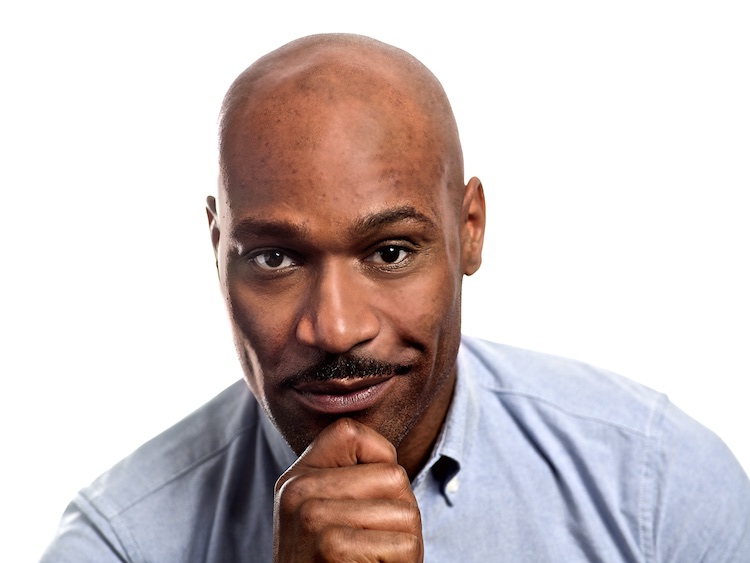
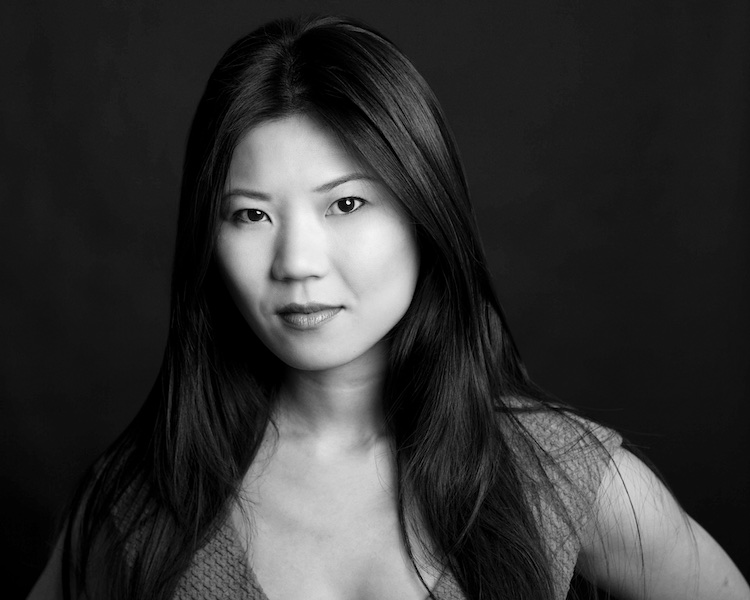

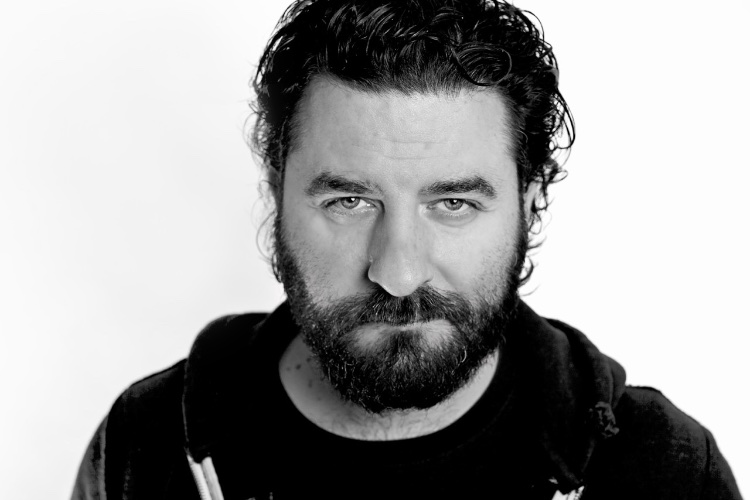
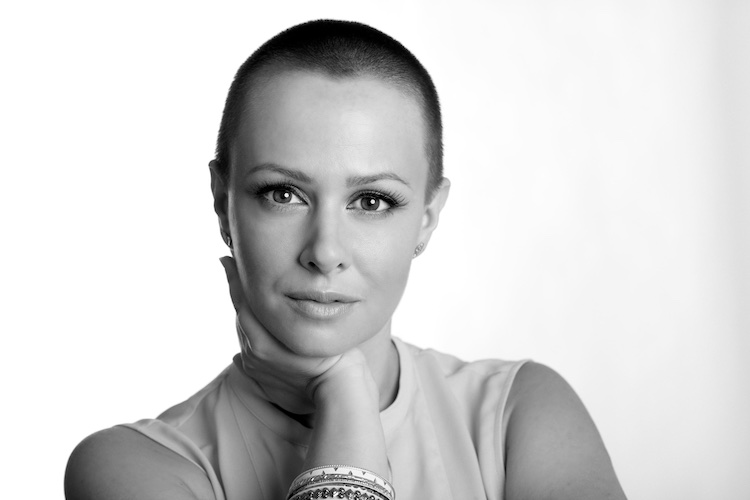
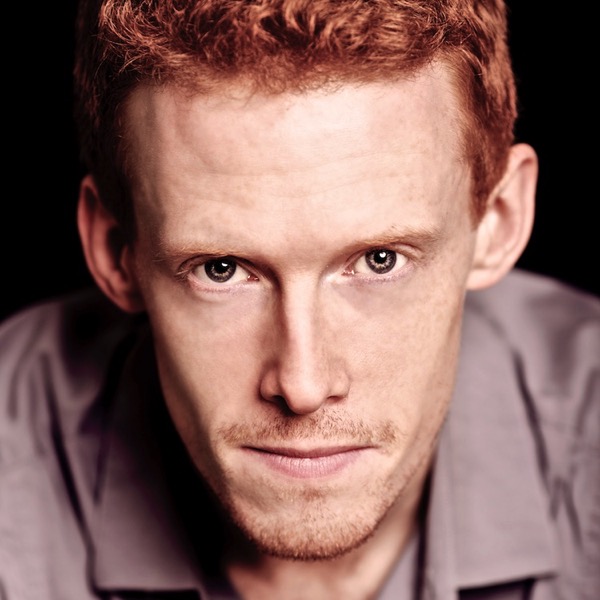
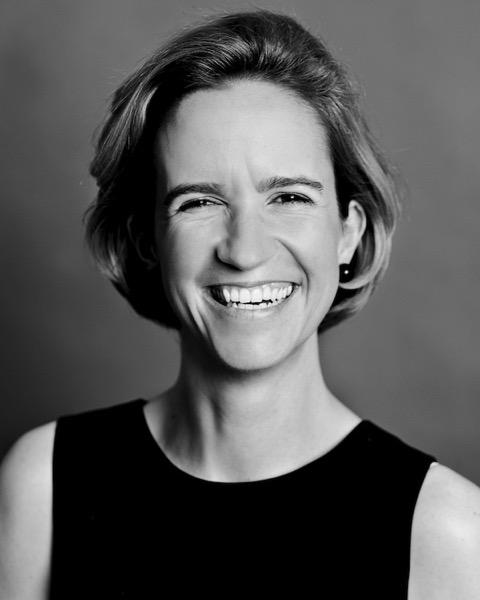
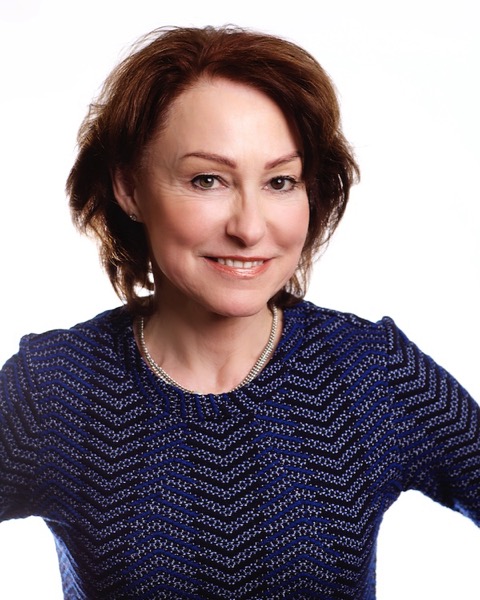
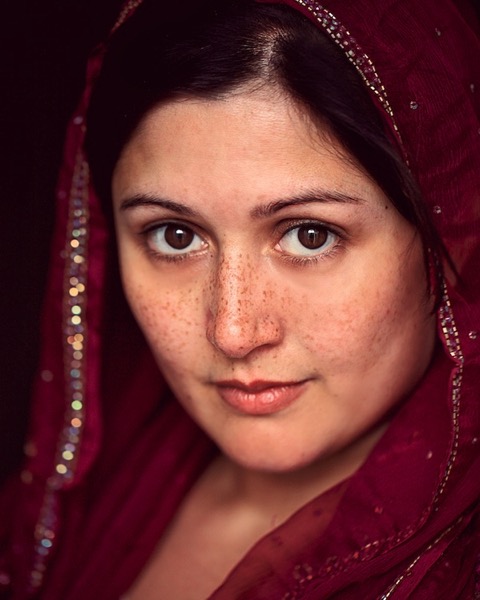


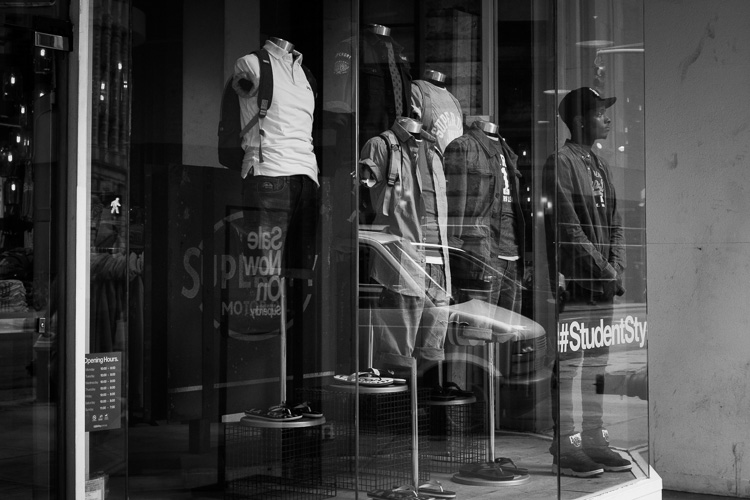
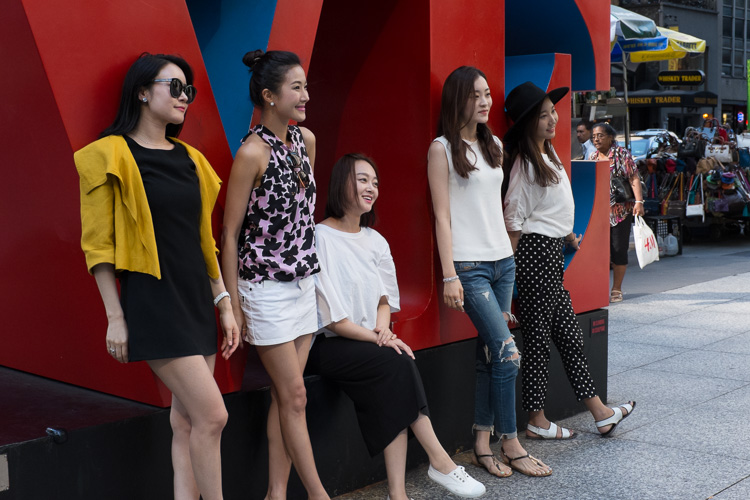
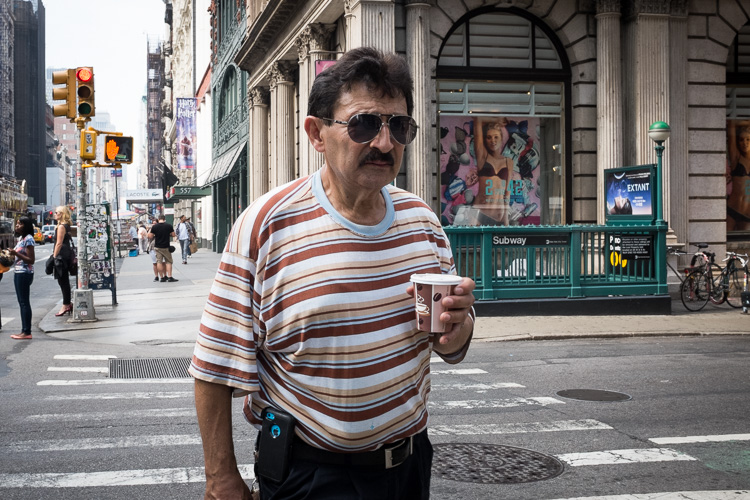

You must be logged in to post a comment.